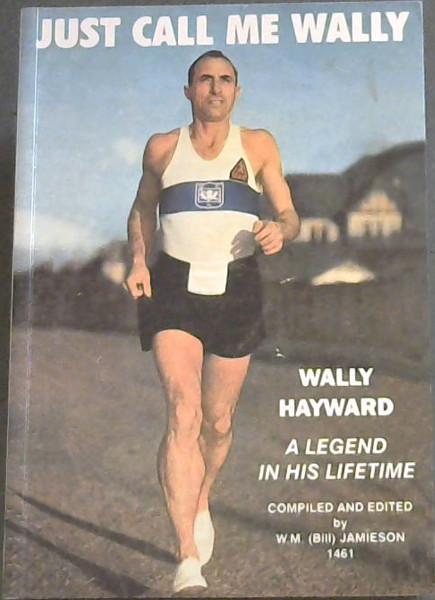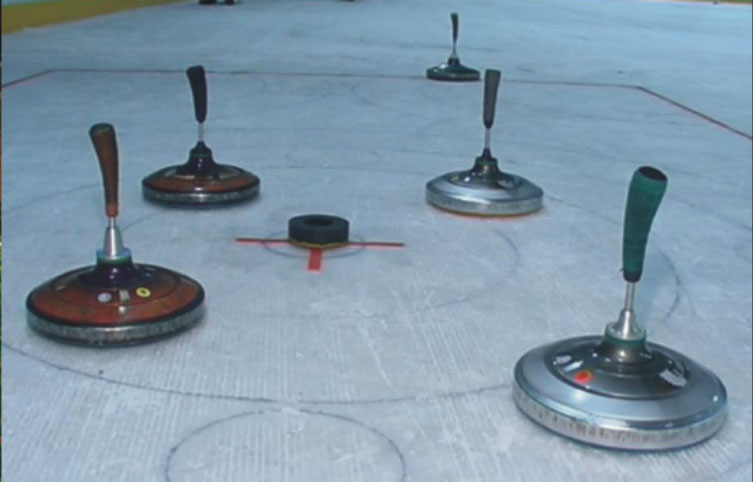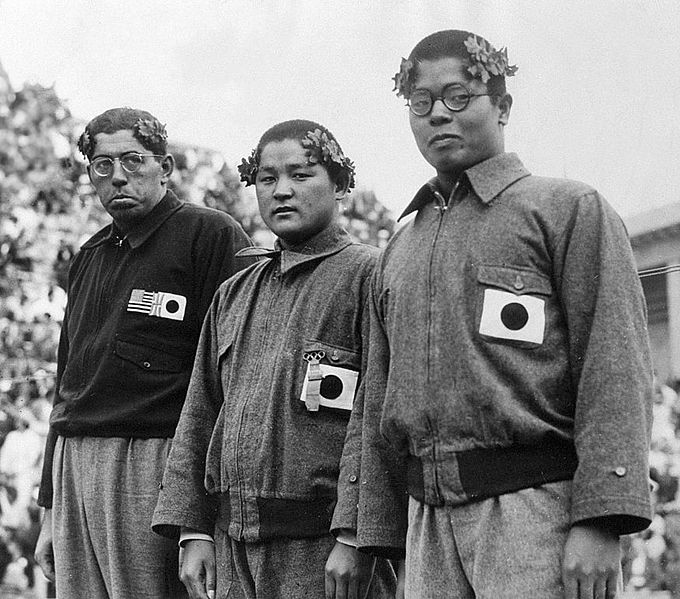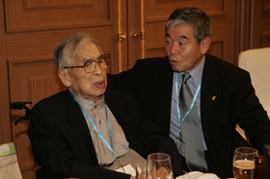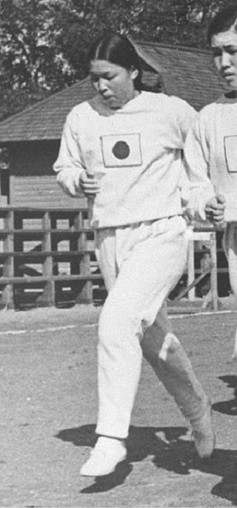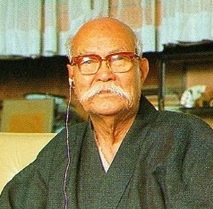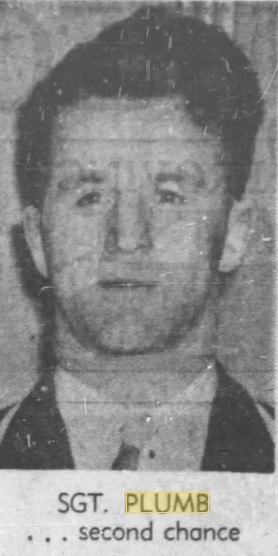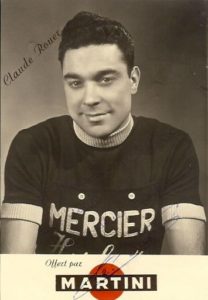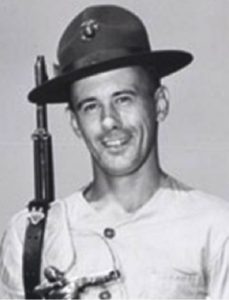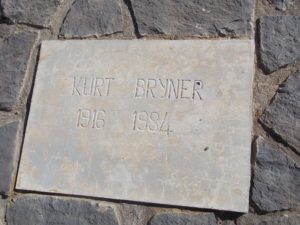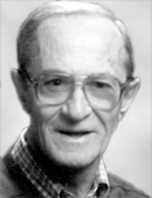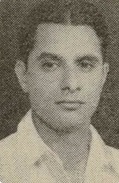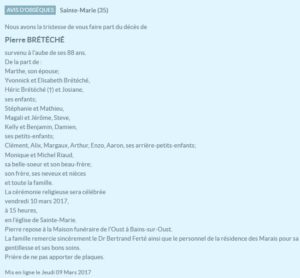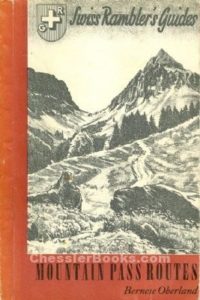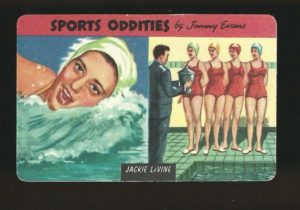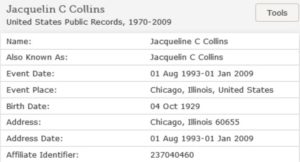Today Oldest Olympians is taking a look into the Pakistani field hockey team that won the silver medal at the 1956 Melbourne Games, because this case contains elements of the different types of mysteries that we face while building our tables. While most of the players are either known to be deceased, or are too young to be among the Oldest Olympians, a few are right at home on the (digital) pages of this blog.
Our original objective with this post was simply to cover a silver medal mystery that we had missed previously. Habibur Rehman, born August 15, 1925, is the only medalist on the team over 90 about whom we are uncertain as to whether or not he is still alive. In addition to his silver from 1956, he was also with the squads that finished fourth at the 1952 Helsinki Olympics and won a gold medal at the 1958 Asian Games. Despite these accomplishments, we have been unable to ascertain if Rehman, who would be 94, is alive or deceased.
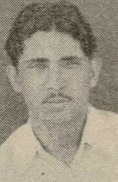
(Aziz Malik)
We then noticed that one of the alternates on the team, Aziz Malik, was actually an Olympian in his own right. Although he did not receive a medal in 1956, because he did not actually play in any of the matches, he was a starter for Pakistan at the last two editions, in 1948 in London and 1952 in Helsinki, both times of which his country finished just off the podium in fourth. His date of birth is usually listed as April 16, 1916, although some sources have the year as 1918 instead. Regardless, we could not find any confirmation of his living status, so he is also an Olympic mystery, just not officially a medal one.
Then there was the case of another alternate, Zafar Hayat, who was a non-playing reserve not only in 1956, but also in 1960 in Rome, when Pakistan finally earned its first field hockey gold medal. It was not until 1964 in Tokyo, when Pakistan was relegated back to silver, that Hayat earned an Olympic medal officially. Two years earlier, however, he had taken gold with the national team at the 1962 Asian Games. Complicating Hayat’s case is his uncertain year of birth: while some sources list him as being born on March 31, 1927, others have him as being born in 1937. Despite the decade-long gap, neither date would be outside of the realm of possibility for his career for a field hockey player of this era, and thus we cannot be certain if he even qualifies as among the Oldest Olympians yet. Regardless, we have no information on whether or not he is still alive.
Finally, in terms of alternates, there were two other reserves on the 1956 squad about whom we know nothing: Muhammad Amin and Muhammad Nasib. We know of no other results from them in any international tournaments, and do not have even a year of birth for either; given how little attention such reserves receive, we cannot even be certain that their names are correct. Our list of “possibly living” oldest Olympians only takes into consideration Olympians without a date of birth when they competed prior to World War II, because otherwise we cannot be certain that they would have even reached the age of 90 yet. The reality is, however, that many postwar alternates would now be well over 90 if still alive, especially in a sport such a field hockey. Amin and Nasib, therefore, add to the mystery surrounding the 1956 Pakistani Olympic field hockey squad.
Thus this case study highlights the many difficulties and caveats that plague our research here at Oldest Olympians. Still, it is work that we enjoy and such mysteries keep us on our toes, so we always enjoy sharing some of what goes on behind the scenes in order to add additional transparency and, we hope, credibility to our ultimate results.

